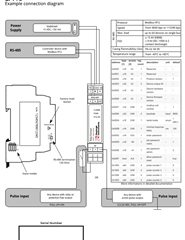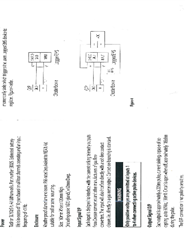Hi,
I'm hoping someone has come across this before.
I have a Dresser Roots Chatterbox barrier which provides a current sinking connection for monitoring a gas meter
I also have a pulse acquisition meter which can work with dry contacts (done this successfully lots of times)
It can be set for dry contacts, or what it calls 'active pulse output'
it doesn't work either way. It sounds to me like the current sinking from the chatterbox isn't going to work with the meter, so I'm hoping someone has worked on these sort of systems before and can offer some advice
I have attached the wiring diagrams / all the info I have



